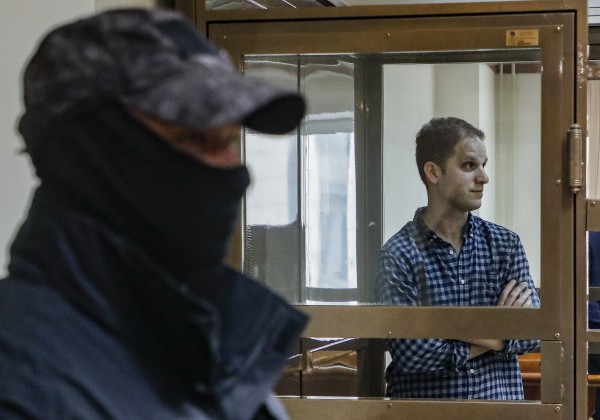The International Press Institute (IPI) welcomes the adoption last week of a United Nations Human Rights Council (HRC) resolution on safety of journalists, which highlights states as primary duty-bearers when it comes to preventing and halting attacks against journalists.
This is the second time that the HRC, which includes representatives from 47 UN member states, addresses the issue of journalists’ safety at such a high level. In 2012, the Council Resolution 21/12, sponsored by the Republic of Austria, represented an important effort to further strengthen international mechanisms for the protection of journalists, “[a]cknowledging the particular role played by journalists in matters of public interest, including by raising awareness of human rights” and “[r]ecognising that the work of journalists often puts them at specific risk of intimidation, harassment and violence”.
“States responsibility in creating an environment that is favourable to free and independent journalism is undeniable and this resolution is yet one more call on UN member states to take a proactive role in ensuring that journalists are not subject to violence or harassment of any kind,” IPI Press Freedom Manager Barbara Trionfi said. “It adds steam to a global movement that has been growing over the past few years in response to increasing attacks against journalists.”
Austria’s Federal Minister Sebastian Kurz added, “the number of journalists being murdered is rising on a global scale. […] Through the concrete measures provided by the resolution, the safety of journalists all over the world will be reinforced and the prosecution of perpetrators will be increased.”
The recently-adopted Resolution 27/L7 strengthens the principles laid out in the 2012 document by calling upon states to develop and implement strategies that will ensure the safety of members of the media. These measures may include: establishing special investigative units or independent commissions to address threats to journalist safety; appointing a specialized prosecutor; and providing training for prosecutors and the judiciary to bring an end to the impunity that typically characterizes attacks against journalists.
The resolution calls upon states to develop information-gathering systems that would allow them to stay apprised of ongoing threats to journalists, and to develop early warning systems that will provide threatened press with immediate protection when necessary. It underscores the importance of holding all persons involved in attacks on journalists accountable for their actions, including those who plan or ‘mastermind’ them.
The resolution also emphasizes the role that media organisations can play in safeguarding their journalists by providing adequate training in safety, risk-awareness, digital security, and when necessary, by supplying protective equipment. It makes explicit reference to the importance of protecting journalists in conflict situations, bearing in mind the civilian status accorded to those working in the field.
The focus on journalist safety has become an important issue in the Human Rights Council. A panel discussion in Geneva last June during the HRC’s 26th session identified a lack of political will on the part of UN member states as the leading cause of impunity in assaults on media freedom and journalist protection. In an effort to raise awareness around the issue, the HRC included a provision to create an International Day to End Impunity in Crimes against Journalists on November 2. The final lines of Resolution 27/L7 demonstrate the Council’s commitment to journalist protection by invoking the Universal Periodic Review, a reminder that states will be held accountable for fulfilling their human rights obligations, and by pledging to revisit the topic during the HRC’s 33rd session.


